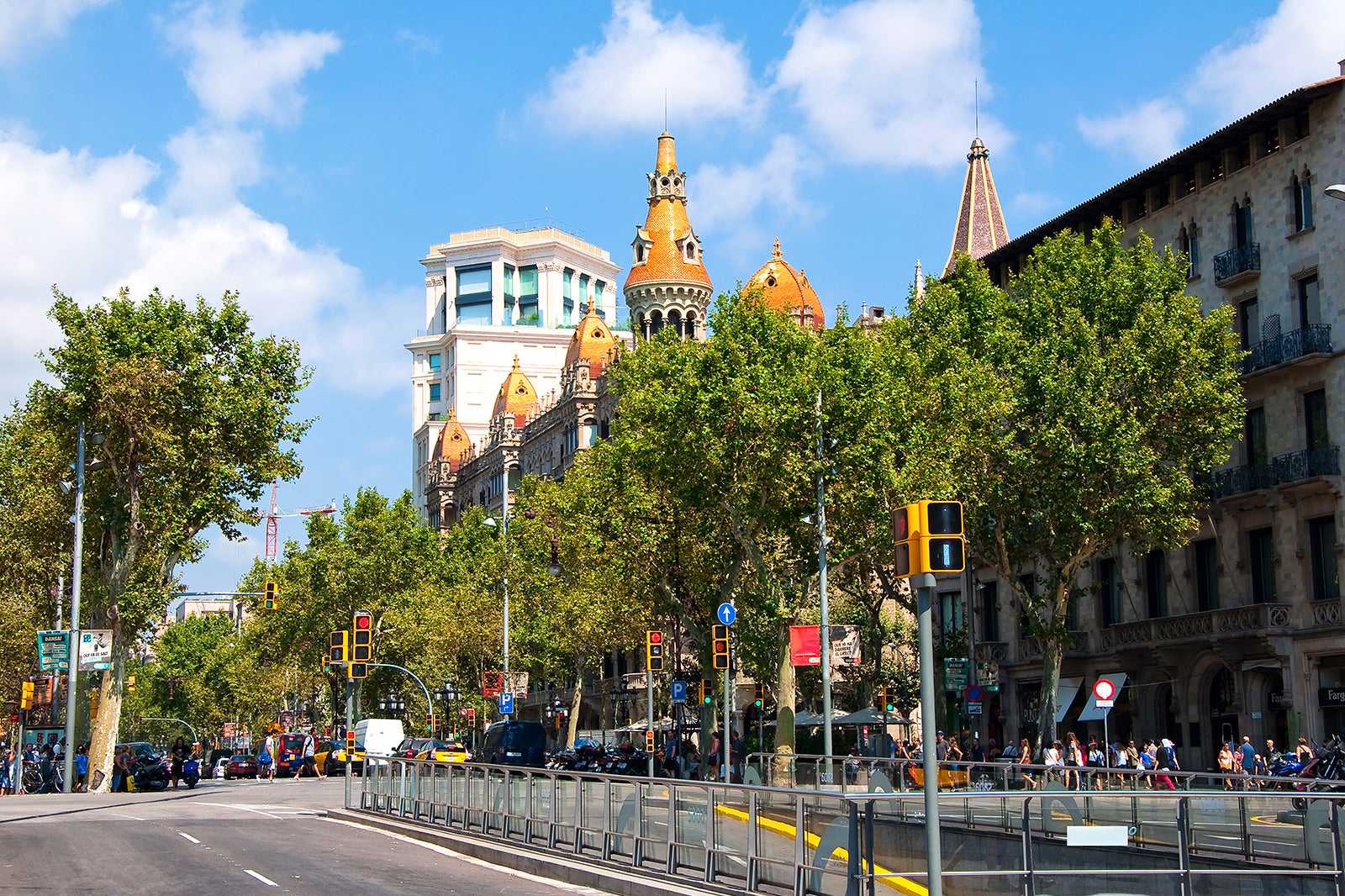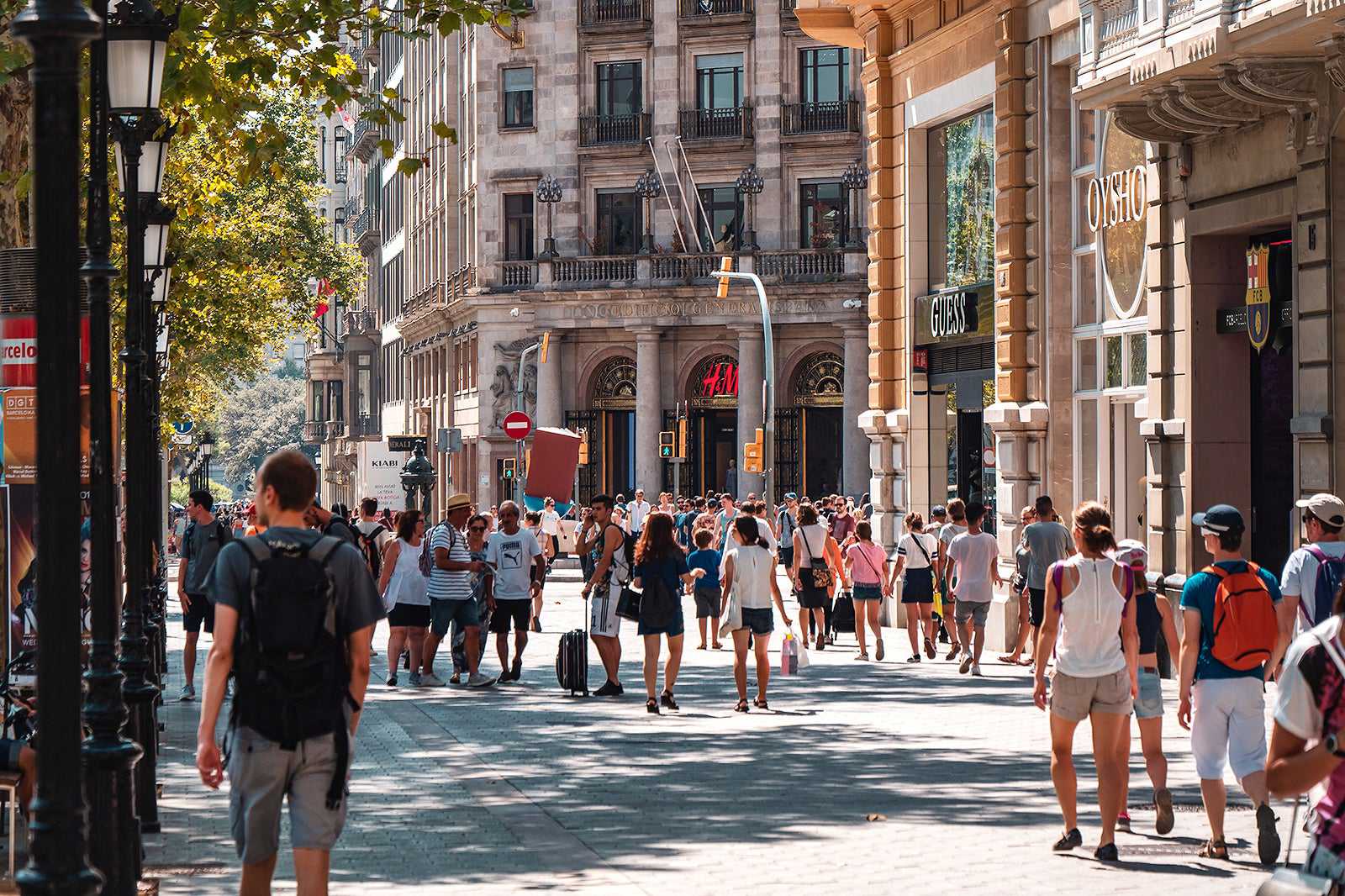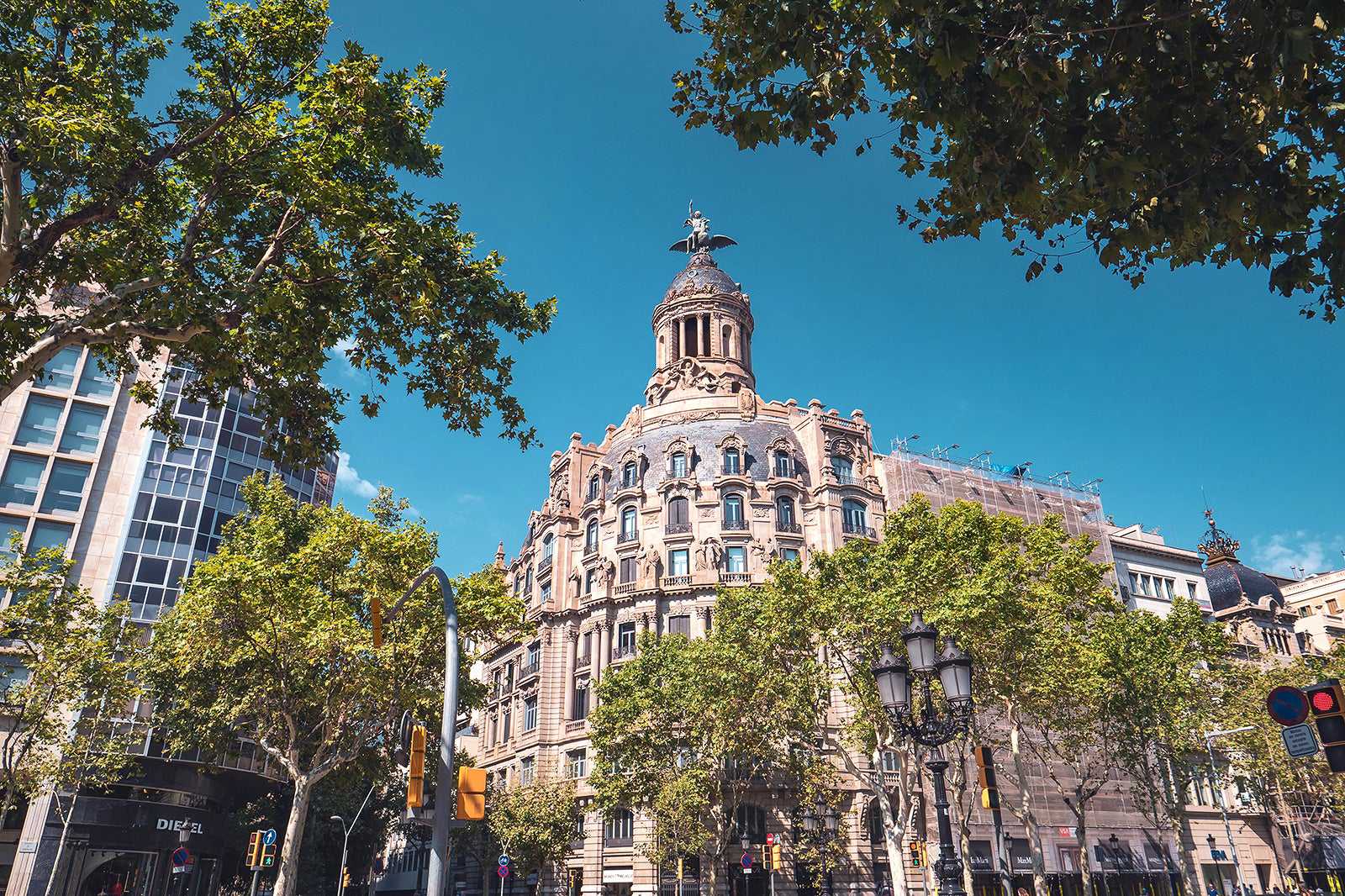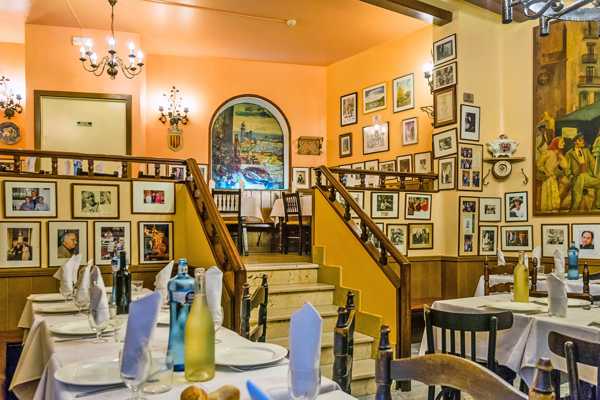Paseo de Gracia is a major street in Barcelona that's home to extensive shopping opportunities as well as some of the more impressive architectural achievements in town. Whether you're looking for a hotel, a place to shop, or a place to live, you can expect everything to be on the more luxurious side of the spectrum. That includes pricing as well. The sheer quality of everything this street has to offer, however, makes it one of the best places in town if you're looking to treat yourself.
This street is best suited for people looking for a more luxurious holiday experience. Paseo de Gracia is largely family-friendly, but there isn't much here that's designed specifically for kids. Travellers interested in history will especially enjoy their time here, as this street effectively acts as a showcase for upper-class 19th-century Barcelona, featuring modernista buildings that make the street feel like an open-air museum.

What are the highlights of Paseo de Gracia in Barcelona?
Among the most important highlights of Paseo de Gracia are the modernista mansions. These massive structures have all the gaudy flair you'd expect from the 19th-century Spanish bourgeoisie, yet they all have a unique character to them. Casa Batlló is among the most popular to visit and features an odd exoskeleton motif on its exterior.
No trip to Paseo de Gracia would be complete without exploring the numerous shopping opportunities. Some of the most iconic and high-end brands in the world have a place here. You'll find retailers like Chanel, Hugo Boss, Gucci and Louis Vuitton among its offerings. Some more modest retailers are available as well, like H&M and Levi's. Jewellery is also popular here, with retailers like Rolex and Swarovski having a presence.

A brief history of Paseo de Gracia in Barcelona
Before Paseo de Gracia became the luxury shopping hub and modernista mansion showcase it is today, it was little more than a rural-like road connecting Barcelona to Gracia, which at the time was still a separate town. It didn't begin its transformation until 1821 when the first urbanisation project for the road began. Unfortunately, the project was delayed severely with the epidemics of the time and the subsequent fall of the liberal government.
With the rise of the absolutist government in 1824, the Paseo de Gracia project gained traction again, with upgrades being implemented to the road in 1827. By 1906, the road's iconic benches and lights were implemented, and it fully embraced its reputation as Barcelona's most high-end street. While the specific shops have changed with the times, the general atmosphere and reputation remain.

What else is good to know when visiting Paseo de Gracia in Barcelona?
Before heading to Paseo de Gracia, there are a few factors to keep in mind. Taking public transport is the best and easiest way to visit this street if you're not booking your stay directly on it. There is a metro station directly on the street, so once you get off the train, you're there. Additionally, tours of the modernista mansions are common and frequently available, though you may want to book yours in advance just to be safe since spots tend to fill up quickly.
While you're visiting Paseo de Gracia, you'll find yourself close to several other iconic attractions in Barcelona you may be interested in. The Catedral de Barcelona is located just to the southeast along with the rest of the Gothic Quarter and its alluring architecture. Head north, and you can check out La Sagrada Familia, a massive basilica.
Paseo de Gracia in Barcelona
Adresse: Barcelona, Spain


















